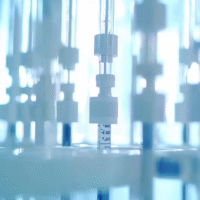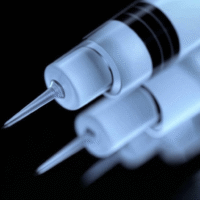Trial Results Explained
This study looked at a special way to provide pain relief during total hip replacement surgery. It compared three different techniques:
- P Group: Used a lumbar plexus block at the L3 level.
- TP Group: Used a combination of two blocks: one at the T12 level and another at the L3 and L4 levels.
- PQ Group: Used a mix of the lumbar plexus block and a quadratus lumborum block at the L3 level.
What Worked: The PQ group showed the best results, with 67.6% of patients achieving effective pain relief. This was much better than the P group, which only had 7.1%. The PQ group had less pain after surgery compared to the P group. Additionally, they had fewer issues with low blood pressure during surgery.
What Didn’t Work: The PQ group did not have significantly lower pain levels than the TP group. Also, the amount of pain medication used was similar across all groups.
How This Helps Patients or Clinics: The PQ technique may be easier to perform and provide good pain relief with fewer complications, making it a useful option for managing pain in hip surgeries.
Next Steps for Hospitals and Doctors
- Consider using the PQ technique for patients undergoing hip surgery since it is effective and safer.
- Train staff on the new approach to ensure everyone is comfortable using it.
What to Measure After Using These Results
- Rate of effective pain relief in patients.
- Levels of pain reported by patients after surgery, especially during movement.
- Any occurrences of low blood pressure during the procedure.
- Complications related to the pain management techniques.
AI Tools to Consider
AI solutions can help clinics track patient outcomes and manage pain more effectively. Tools that analyze patient data can provide insights on which pain management techniques work best.
Step-by-Step Plan for Clinics
- Start Small: Begin with a few patients using the PQ technique to assess its effectiveness.
- Gather Data: Monitor pain levels and complications closely for these patients.
- Review Results: Analyze the data collected to see how the PQ technique is performing.
- Expand Use: If results are positive, gradually apply this technique to more patients.
For more detailed information about the research, please visit this link.




























